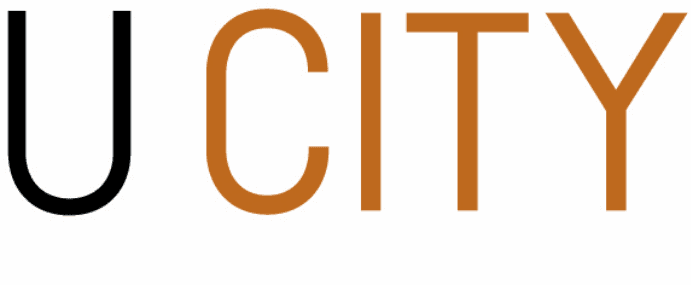The seventh and latest Council of Australian Governments (COAG) Reform Council’s Closing the Gap Report, which measures levels of Aboriginal disadvantage, indicates that little progress has been made and there are a number of indicators that are not on track.
While there’s been limited progress in halving the mortality rate gap for children under five by 2018, and halving the gap for Year 12 attainment for 20- to 24-year-olds by 2020, the following indicators show very little or no progress:
Negligible progress between 2006 and 2013 in closing the life expectancy gap
A 95 per cent 4-year-old enrolment in early childhood education in remote communities by 2013 was not achieved
No overall improvement in halving the gap in child reading, writing and numeracy
No progress in halving the gap in employment outcomes by 2018 and the proportion of Aboriginal people employed fell from 53.8 per cent in 2008 to 47.5 per cent in 2012/13.
Sue Tilley, Manager of Aboriginal Policy and Advocacy at Uniting Communities, says, ‘While there is much to be said about the indicators that are not on track or not met, a critical indicator that does not feature in the Closing the Gap targets is that of the high incarceration rate among Aboriginal Australians – amongst the highest in the world.
‘The incarceration rate for Aboriginal and Torres Strait Islander Australians is 15 times higher than that for non-Aboriginal Australians, and the rate of juvenile detention remains about 24 times that of non-Aboriginal youth – and yet incarceration rates are not reported on, even though they have a major impact on families and communities and are a significant marker of the gap in the lived experience of Aboriginal and non-Aboriginal Australians. It is alarming that the Federal Government refuses to include an incarceration rate target, despite repeated calls for this.’
Ms Tilley goes on to say that the Federal Government’s recent funding cuts to Aboriginal and Torres Strait Islander programs and services have served to undermine the very initiatives that could contribute to closing the gap of inequality and disadvantage. These include cuts to early childhood and youth services, health programs, municipal and essential services in remote communities, and legal services, amongst a host of others.
‘In all likelihood, a link could be made between the Federal funding cuts and the ever-increasing rates of incarceration – given the cuts to justice bodies, advocacy groups and legal aid services that have resulted in a number of closures of frontline services,’ says Ms Tilley.
‘In examining the offences resulting in incarceration, one finds that a significant number of Aboriginal people are serving prison terms for the non-payment of fines and as a way to clear their fines – some of which are the result of offences such as “littering on council land” or “disorderly behaviour”.
‘Besides being an economically unsound policy, the number of fine defaulters entering the prison system is alarming. Australia runs the risk of unnecessarily sacrificing a generation to the prison system, with significant long-term negative impacts on communities and families – this does not serve to close the gap.’






